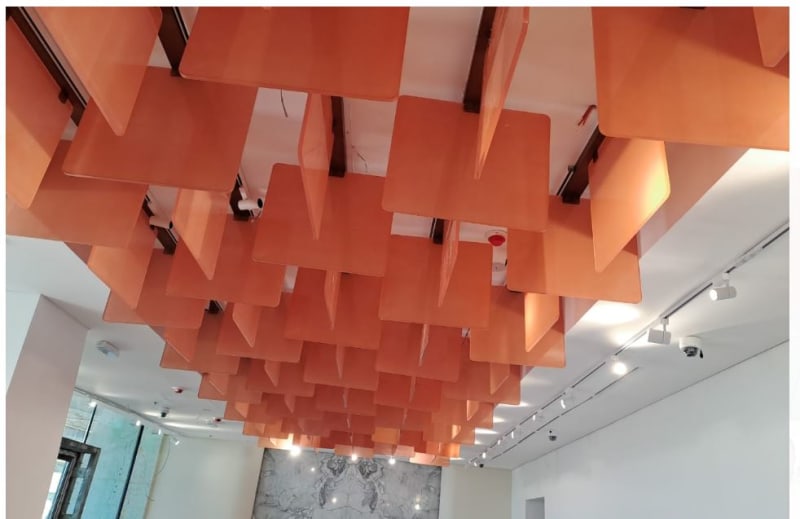Hi Everyone,
I've a question regarding the obstruction to sprinklers, please check below photo.
I have a retail shop with celling features that obstructing the sprinklers discharge, I aske to remove this annoying things but they said no way!
this can be a ceiling pocket per NFPA 13 - 10.2.9 Ceiling Pockets or what exactly?
I really don't know under which part of NFPA 13 this can be? ceiling pocket or obstruction?
however, I was shocked when I saw it as the drawing was showing a nice flat ceiling only.

Thanks for your help in advance.
I've a question regarding the obstruction to sprinklers, please check below photo.
I have a retail shop with celling features that obstructing the sprinklers discharge, I aske to remove this annoying things but they said no way!
this can be a ceiling pocket per NFPA 13 - 10.2.9 Ceiling Pockets or what exactly?
I really don't know under which part of NFPA 13 this can be? ceiling pocket or obstruction?
however, I was shocked when I saw it as the drawing was showing a nice flat ceiling only.

Thanks for your help in advance.
